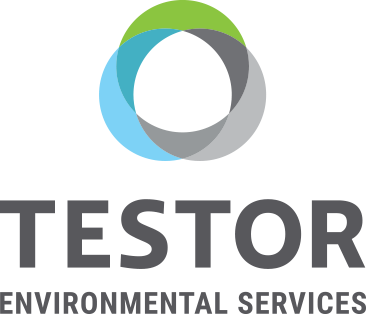Mold testing is a straightforward process of taking samples using a swab, tape or air pump. This offers concrete, analytical data. Air testing provides spore counts and compares indoor samples to outdoor samples to look for amplification. Direct sampling tells you if a sample is mold and what type. Mold testing can be less expensive than assessments and does give specific data. For example, if you had a mold issue in the past, follow up air testing can provide confirmation that the issue has been addressed properly. However, simply testing for mold does not tell you where the mold is coming from or give you a plan for eliminating it.
Mold assessment is more comprehensive. It can provide you with an action plan to address and eliminate your mold problem. While sampling may be a part of a mold assessment, additional tools will used to determine the extent of the problem and how it should be treated. An infrared camera can be used to identify moisture and leaks. Moisture meters detect the moisture content of materials including wood, concrete and sheetrock. They can also identify moisture buildup underneath and behind finished flooring and tiles. In addition, humidity meters measure relative humidity and identify areas that may require attention. And finally, a trained mold assessor also will do a thorough visual inspection. These tools provide a much more complete picture of the problem. This information helps you need to address the cause of your mold issue and take care of it for good.
Testor’s trained staff can perform mold testing and mold assessments to help you address your mold concerns. Please call us today for details.

